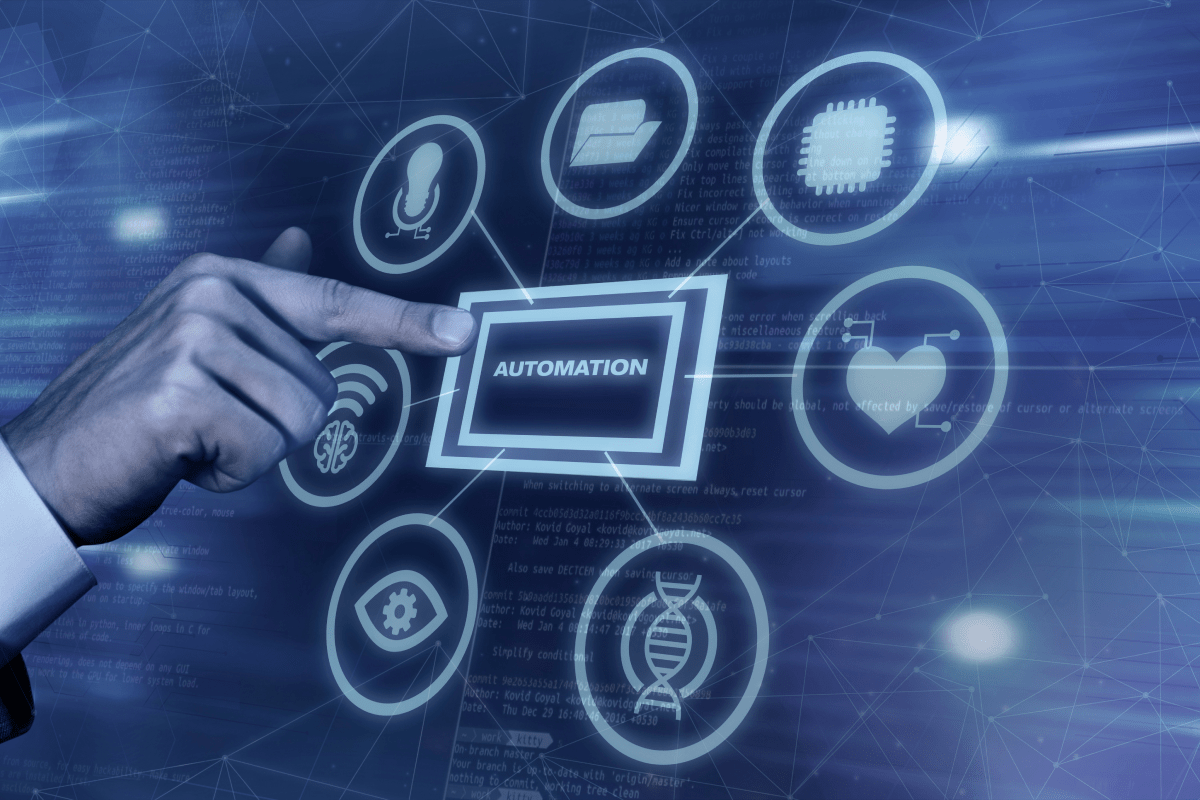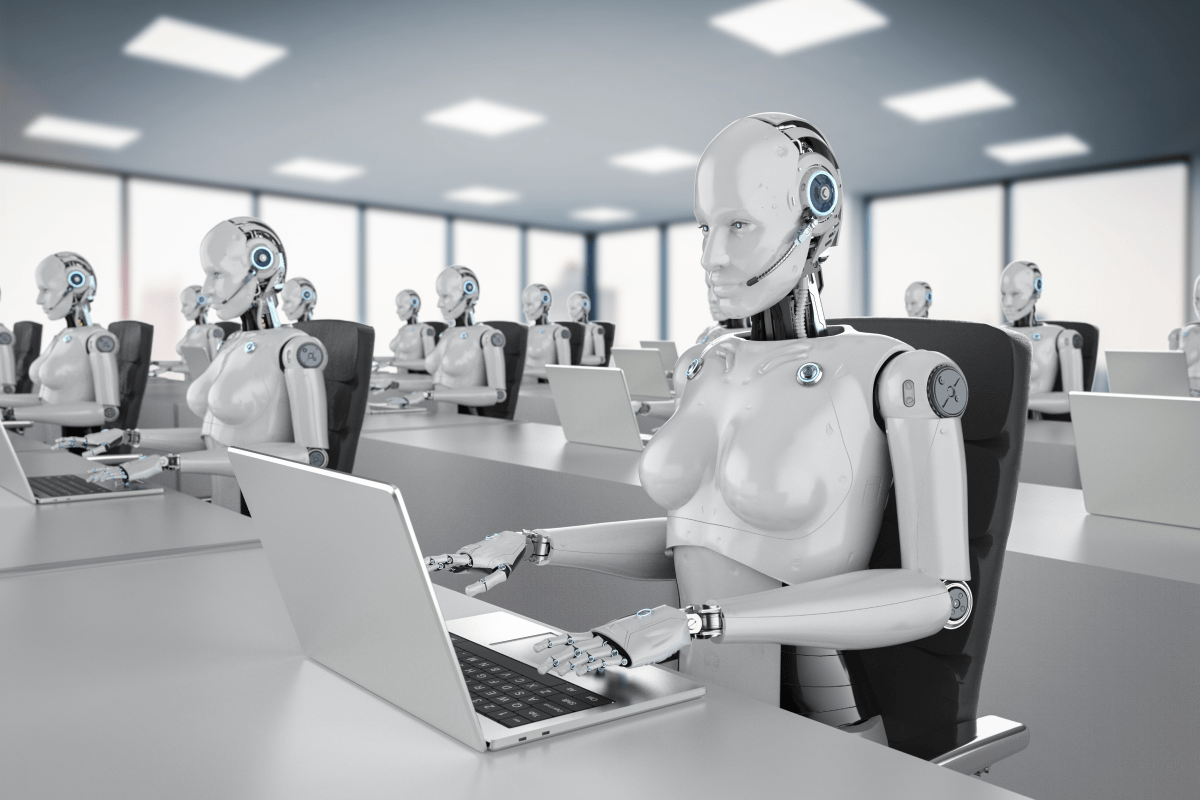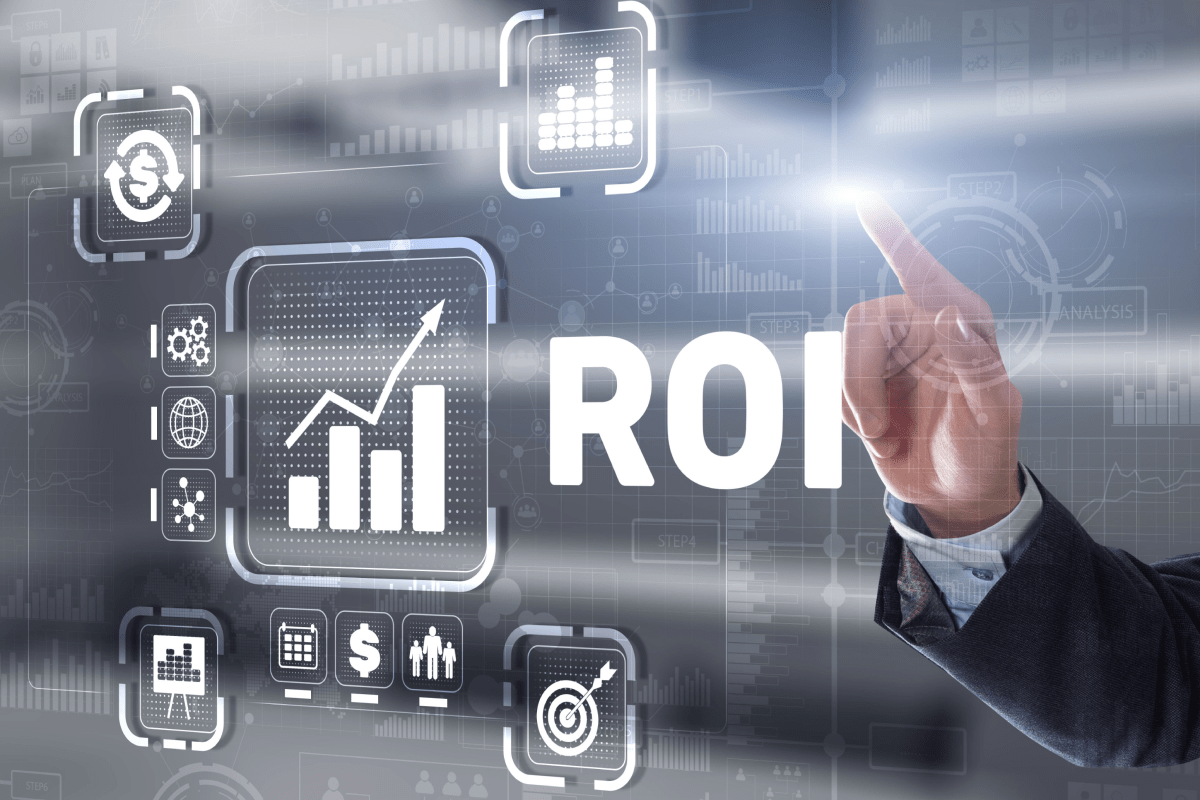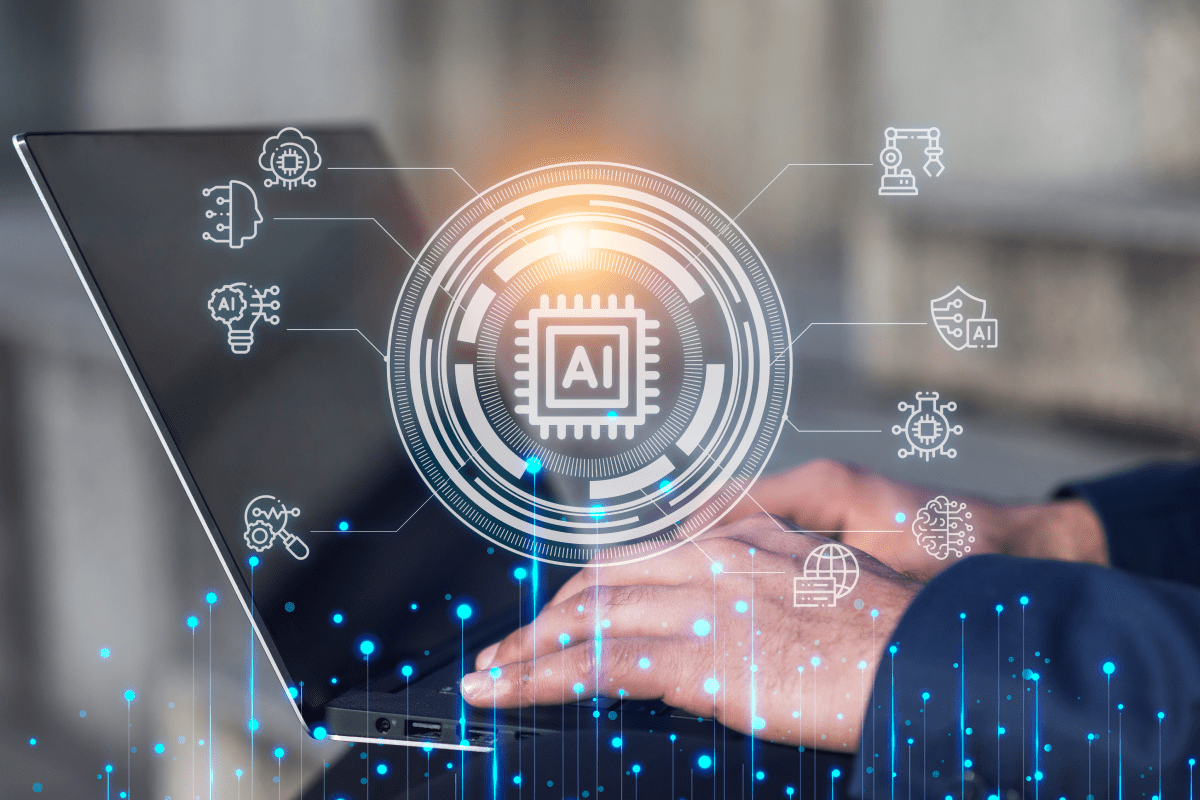In an era dominated by digital transformation, one of the most exciting developments has been the seamless integration of automation in various facets of business operations. From manufacturing to marketing, automation has made its mark. But how does this technological marvel impact the most critical aspect of any business: the customer experience?
Understanding Automation in the Business Context
Before we delve into the core of the discussion, let’s quickly understand what automation entails. At its core, automation is the application of technology, programs, robotics, or processes to achieve tasks with minimal human intervention. Think of chatbots answering queries or software programs streamlining administrative tasks.
The Intersection of Automation and Customer Experience
Customer experience (CX) is the sum of interactions a customer has with a business, influencing their feelings and perceptions about a brand. It’s about creating a seamless, personalized journey for the customer.
Now, when automation intertwines with this journey, several things happen:
- Efficiency is Amplified: Repetitive tasks that might take humans longer to complete can be done swiftly with automation, ensuring faster response times.
- Errors are Minimized: Automated processes are less prone to errors as compared to manual operations, ensuring a smoother customer journey.
- Availability Round the Clock: Automation allows businesses to serve customers 24/7. Think of a chatbot assisting with queries while human agents are off the clock.
Automation Tools Enhancing Customer Experience
Several automation tools are designed specifically to boost the customer experience:
- Chatbots and Virtual Assistants: They provide instant answers to frequently asked questions, guide users on websites, and offer product recommendations based on browsing history.
- CRM Systems: Automation in CRM tools like Salesforce or HubSpot ensures that all customer interactions are tracked. This data can then be used to predict customer behavior and tailor experiences.
- Feedback and Survey Tools: Automated feedback tools allow businesses to continuously collect and analyze customer feedback, adapting their strategies accordingly.
- Email Marketing Automation: Tools like Mailchimp or SendinBlue allow for personalized email campaigns based on user behavior and preferences.
Future of Automation in Customer Experience
With advancements in Artificial Intelligence (AI) and Machine Learning (ML), the scope of automation in customer experience is bound to expand. We might soon witness:
- Predictive Personalization: Using past data to predict what a customer might want in the future, offering a highly personalized experience.
- Voice Assistants: The evolution of Siri, Alexa, and Google Assistant might lead to a scenario where most customer queries are resolved through voice commands.
- Augmented Reality (AR) and Virtual Reality (VR): Virtual trials, immersive product experiences, and interactive shopping can redefine the customer experience landscape.
Conclusion
Automation is undoubtedly revolutionizing the customer experience domain. It offers efficiency, precision, and round-the-clock service. However, the essence of a great customer experience still lies in understanding and empathy — areas where human intervention is irreplaceable.
Businesses should, therefore, aim for a harmonious fusion of automation and human touch. By leveraging the best of both worlds, they can ensure that their customers embark on a journey that’s not just efficient, but also deeply personal and memorable.









